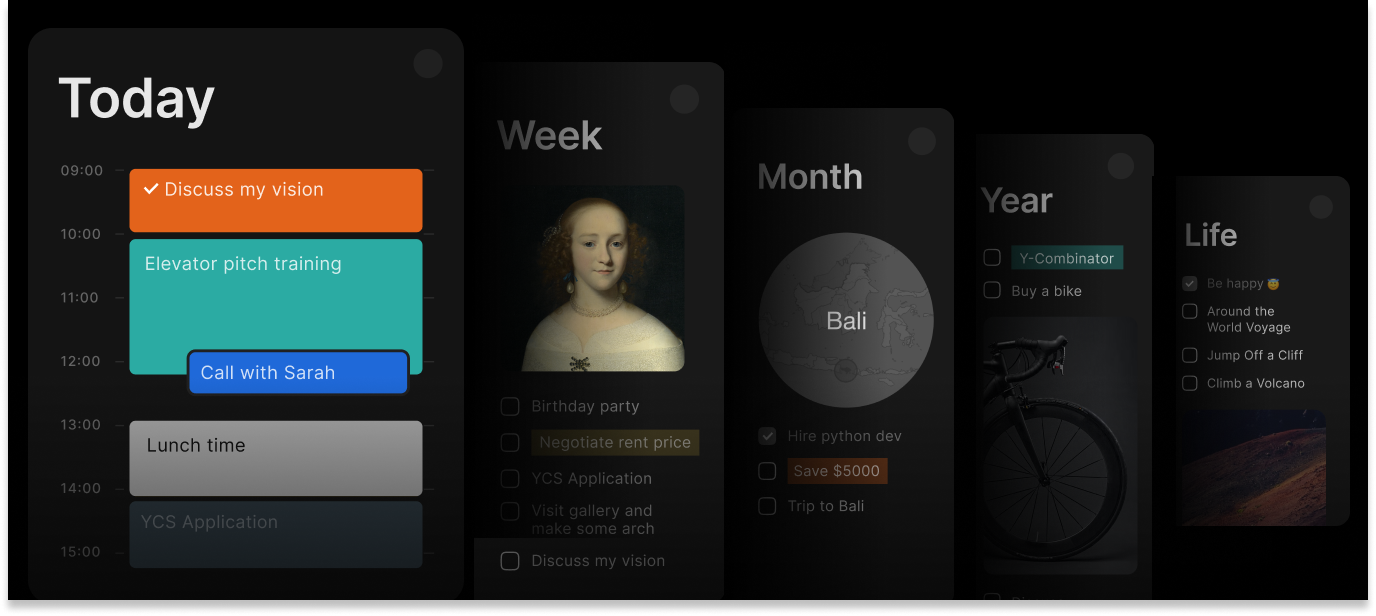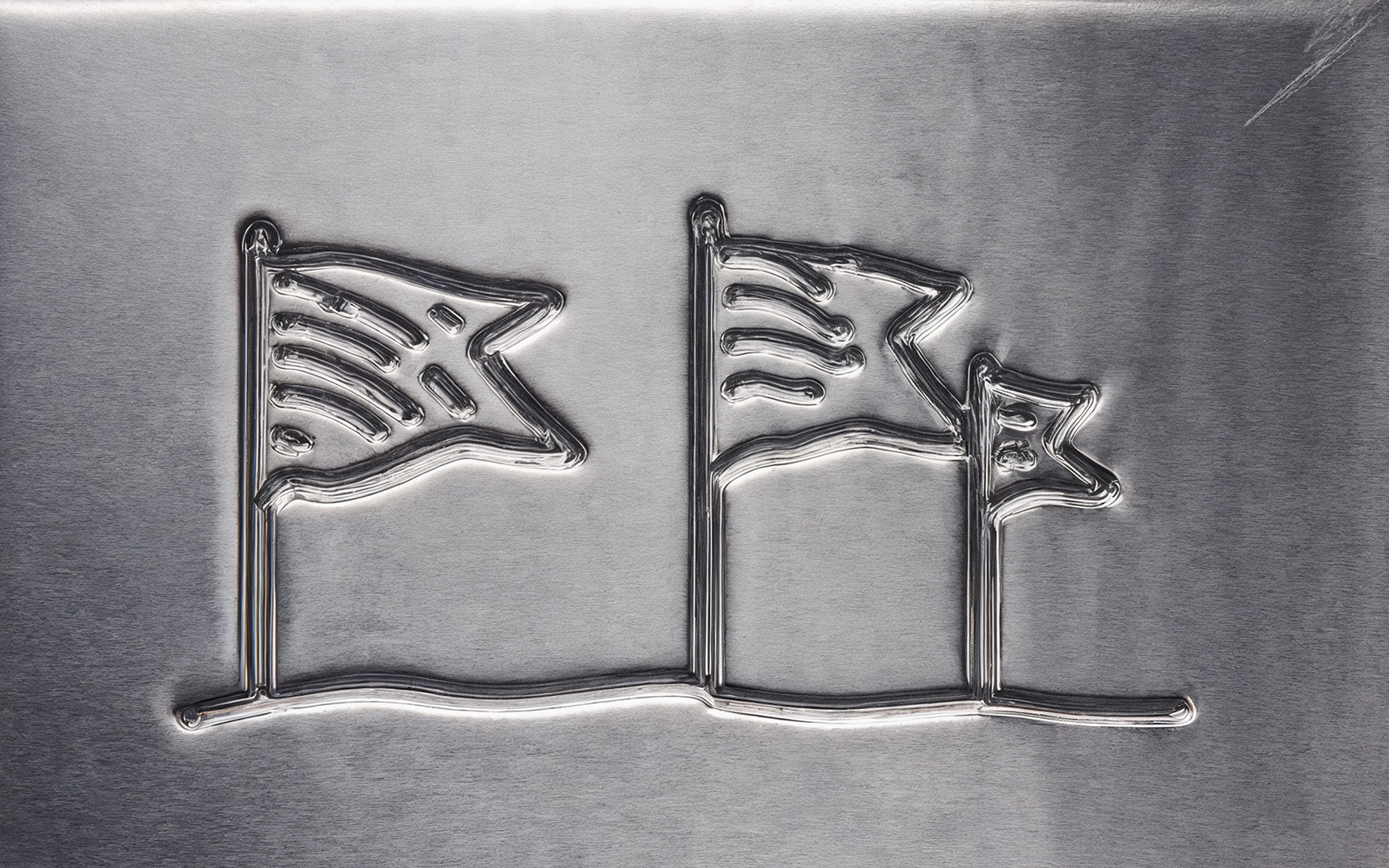I strive for success without having a single long-term goal

Everyone is obsessed with long-term goals. Earn a million, visit a hundred countries, read thirty books a year, launch a startup, sell a course, move to another country, find friends and a romantic partner. There are other aims, too – everyone has their own.
Theoretically, it’s simple: you set a goal → take certain actions → achieve it. But in reality, many of our goals end up as unfinished projects, abandoned ideas, failed tasks, and a pile of links saved in favorites.
Goals should drive us, but in reality they lead to frustration. Why does this happen? And most importantly, what can we do to maintain progress in our lives while feeling satisfaction and fulfillment?
Here’s my solution: I never set long-term goals for myself; instead, I find another source of support.

What’s wrong with the goals
Sometimes our goals align with our current life path. If you visit ten countries a year, seeing the whole world is just a matter of time.
Unfortunately, we tend to set goals which are not based on what we already do, but on what we’re willing to do. Thus, in order to take a step toward our goal, we need to incorporate some new habits into our lives, and change our daily routine.
We often don’t realize that “changing our lives” is not some distant, abstract move. It is literally changing our today, tomorrow, and every day that comes after. To read a book, you need to swap scrolling through Instagram reels for actual reading every day after you get home from work. Not a walk in the park!
Changing your routine demands a lot of flexibility, determination, and focus, which is why our ambitious goals are often put off and forgotten.
And I’ve found a way to flip the script.
Life goals → Life content
What you need to do to achieve any goal is ultimately change your daily routine. The truth is, you don’t need goals to do that! I approach it from the opposite side and focus instantly on life’s content.
To do this, I examine my day thoroughly. How is it designed, what is it made of? What do I manage to deliver, and what don’t I? In what order do I do things, and how do they affect me in the long term? What do I like, and what don't I? What do I wish to add to my day, and what would I like to drop?
While answering these questions, I adjust the time shares adding to and taking away slices of this time pie and spreading them among various types of activities throughout the day. Instead of focusing on goals, I set a direction.
What’s the profit
When the goal is your key focus, it’s very easy to latch onto it and try to reach it by any means. This strategy has a few massive drawbacks:
- You can become overly focused on a single goal and forget about other important aspects of life.
- If the goal is not achieved, it may seem like time has been wasted.
- A lot can change while you are pursuing your one and only goal, both circumstances and inner motivations.
- When we achieve a goal, we want to set a new one right away. This results in an endless race where you constantly feel dissatisfied.
When the main focus of life is its content, you primarily strive to live the way you want. This is a very flexible strategy. Ultimately, you may not achieve the outcome you expected but that feels normal: you know that you have always made choices based on your current needs.
Every day I choose to work, travel, post photos on Instagram, and spend time with my loved ones because this is what I want to do today.
Goals → Anchors
However, I do need to create a rough idea of what I want in the long term. My day is not completely random, it’s just I see it in terms of anchors rather than goals.

Anchors are more flexible than goals. They help you structure your day so that you can feel tangible achievements in the long term. Anchors are less specific than goals so you could define them as values that are put in words. Using them as a basis makes it easier to grasp what is important to you and move forward without internal conflict.
Why does that flip the script in the first place? Normally, you would have in mind moving top-bottom, from goals to changes in your routine. Instead, I disrupt this process by changing my everyday life based on anchors and moving from the bottom to the top. By focusing on the process, I always know that my life is filled with things I enjoy.
In reality
I set my milestones in Timestripe. Ironically, they are called “goals” there :—). I determine what I want from different perspectives: this week, this month, this year.
Before going to bed, I contemplate my next day and choose what to do. Then I check my milestones and look into how my activities are affecting my progress toward them.
At the end of the day, I look back and evaluate what I managed to accomplish, in which areas I made progress, and how much I enjoyed it.
Conclusion
One might assume that this approach makes me less effective compared to being an ultimate achiever. In fact, the opposite is true: I have never been able to accomplish as much as I can do now.
This approach makes my life happier and better overall, which in turn gives me more desire and energy to achieve something great. Give it a go — it might work for you as well.
More about Adam’s journey and experiences here: adam.ci.
Read next

Transform Your Achievement Strategy
Start building the life you want today with flexible anchors and content-focused planning in Timestripe
Get Started

